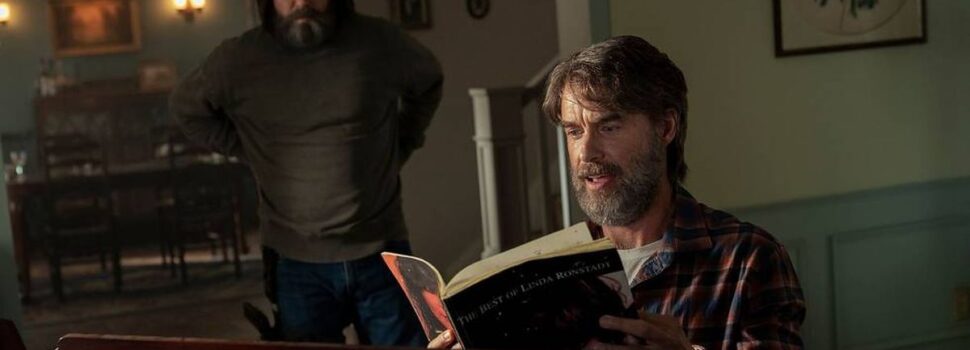
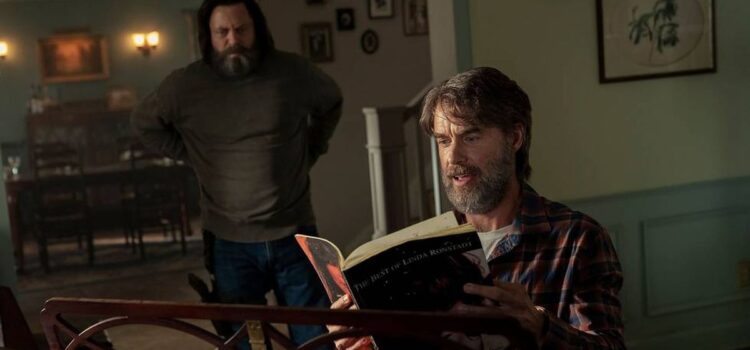
HBO’s The Last of Us is pushing all the right buttons by telling new stories
Entertainment May 13, 2023 kaitech
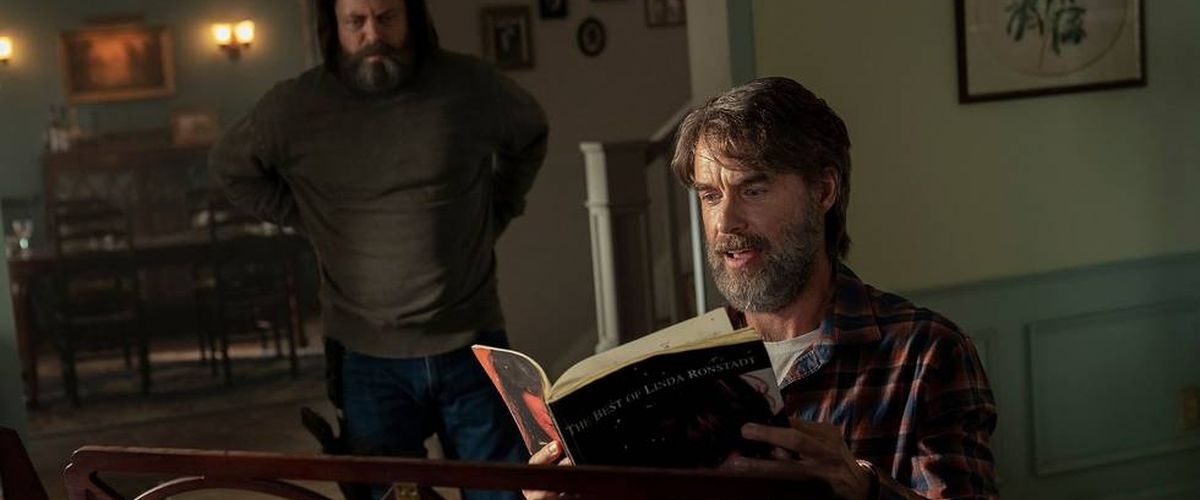
The Last of Us’ third episode illustrates why breaking away from the source material can be exactly what a video game adaptation needs to do the original story justice.
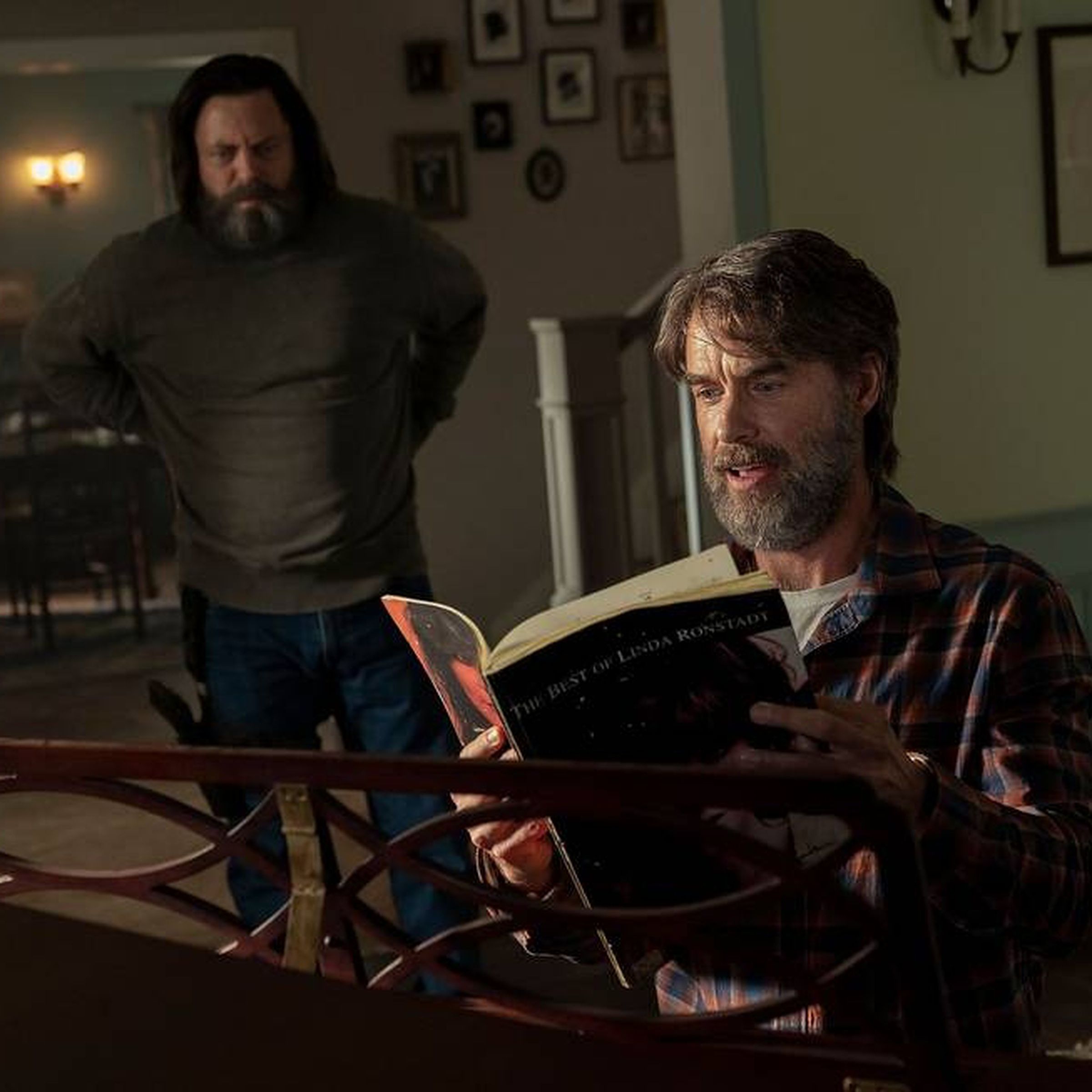
HBO’s The Last of Us has been very careful to stick to the source material for the most part — a smart but also rather logical choice, given how cinematic the original game was. The painstakingly crafted similarities between Naughty Dog’s survival shooter — which was already great — and HBO’s show have been a major part of why people were quick to call The Last of Us the best video game adaptation ever. But it’s by shifting away from the game in favor of telling new stories that The Last of Us has really been able to blossom the way it does in “Long Long Time,” the series’ third episode that introduces Nick Offerman’s Bill and Murray Bartlett’s Frank.
As it’s introducing two of The Last of Us’ most memorable supporting characters, “Long Long Time” adds so much new depth and dimension to them that they almost end up feeling like different people. But the real magic of “Long Long Time,” and the reason it’s one of The Last of Us’ strongest episodes yet, lies in how spiritually true to the game it feels even while it’s doing its own distinct thing.
After keeping its focus largely on Joel and Ellie in its first two episodes, The Last of Us switches things up in “Long Long Time” by jumping into the past to tell the tale of how antisocial, paranoid prepper Bill (Offerman) and hapless survivor Frank (Bartlett) met in the apocalypse. Back in the earliest days of the cordyceps outbreak, when there was still little understanding of what was happening, countless uninfected people lost their lives as the American government began rounding up and executing civilians en masse in an attempt to contain the mutant fungus’ spread.
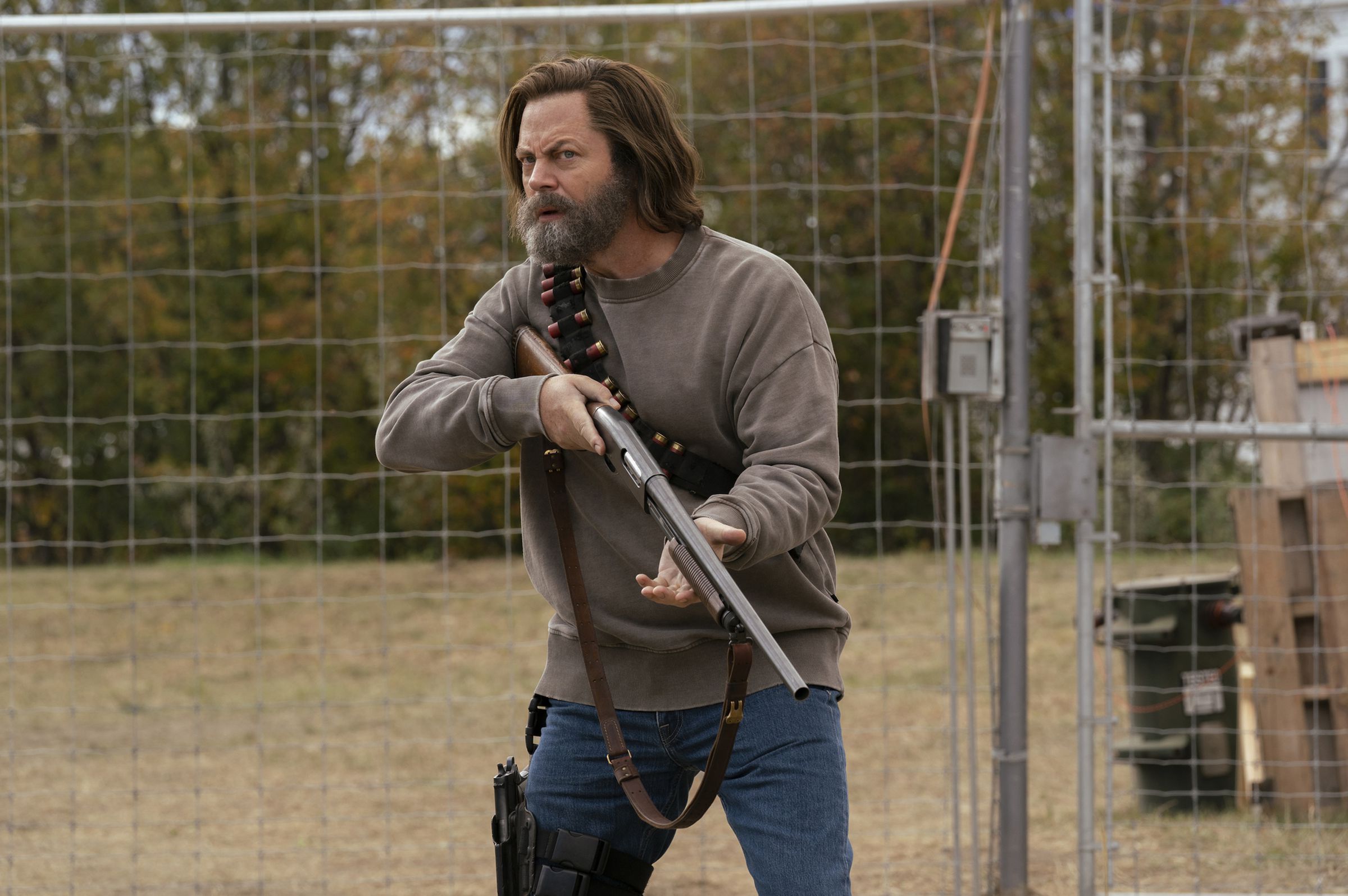
While dozens of his trusting neighbors were unknowingly carted off to their dooms, Frank made sure to hang back in their small town until he was absolutely certain that the entire thing was completely deserted and ready to be converted into a fortified compound for one. Being the antisocial person that he was, the idea of spending the rest of his zombie-filled days in solitude and with Ron Swanson-esque self-sufficiency appealed to Bill. All things considered, that lifestyle seemed to suit him well. But that changed the day Frank wandered onto Bill’s property looking for safety and instead found himself stuck in one of Bill’s traps.
It’s only clear if you’ve played the games just how much more substance there is to HBO’s take on Bill and Frank as “Long Long Time” spotlights how their first, tense encounter began the start of a friendship that evolved into a passionate romance powered by the music of Linda Ronstadt. When you meet Bill in the game, he’s a jumpy, hard-boiled survivor who’s lost so much over the years that he’s become all but shut off from connecting with anyone, and it’s hard to understand how he and Joel came to know one another. All of those things are definitely still true of Bill’s character in HBO’s The Last of Us, but rather than leaving you to infer important details about Bill’s interiority from his sparse dialogue, the show lays a lot of it out by giving Frank a voice and presence in a way the game never did.
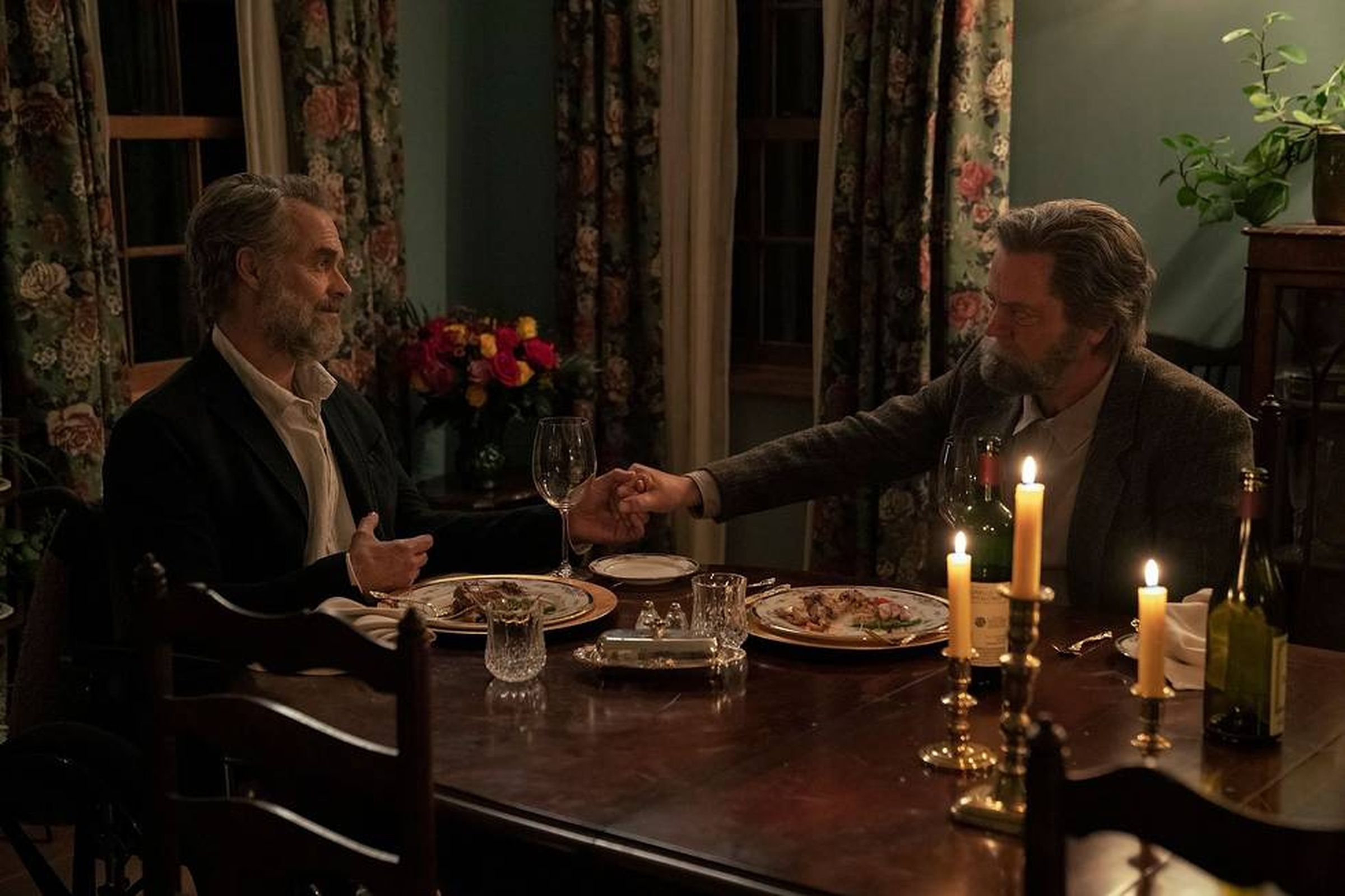
The Last of Us is by no means the first apocalyptic narrative to wonder what it might feel like to find love in the end times or even the first zombie show to focus on a couple of gay men passionately loving each other when they aren’t busy mowing down ghouls. But as a take on an established story, “Long Long Ago” brings so much more texture and emotional heft to Bill and Frank that it’s fair to call the episode a significant upgrade to how they’re handled in the game.
“Long Long Ago” shows you how Frank and Bill saved each other by giving one another reasons to live and, in doing so, made sure that they were both around to become allies to Joel and Tess. Because it’s so wrapped up in Frank and Bill’s lives, it’s legitimately surprising when you realize that one of the fights they end up having is about Frank making contact with someone who turns out to be Tess. It’s delightful to watch as the two couples become friends, and you can easily imagine how their collective bond played an important role in keeping them all grounded. It also makes it that much easier to understand why Tess’ death impacted Joel so much.
As it’s zooming in on pivotal moments during Frank and Bill’s years-long relationship, “Long Long Time” is also very deftly encouraging you to step back and appreciate the larger world they exist in for what it is: a lonely, violent place where people die and happiness is hard to come by. Those are some of the biggest takeaways from the much, much more bleak way Bill and Frank are handled in the game during a series of missions about getting access to a working car.
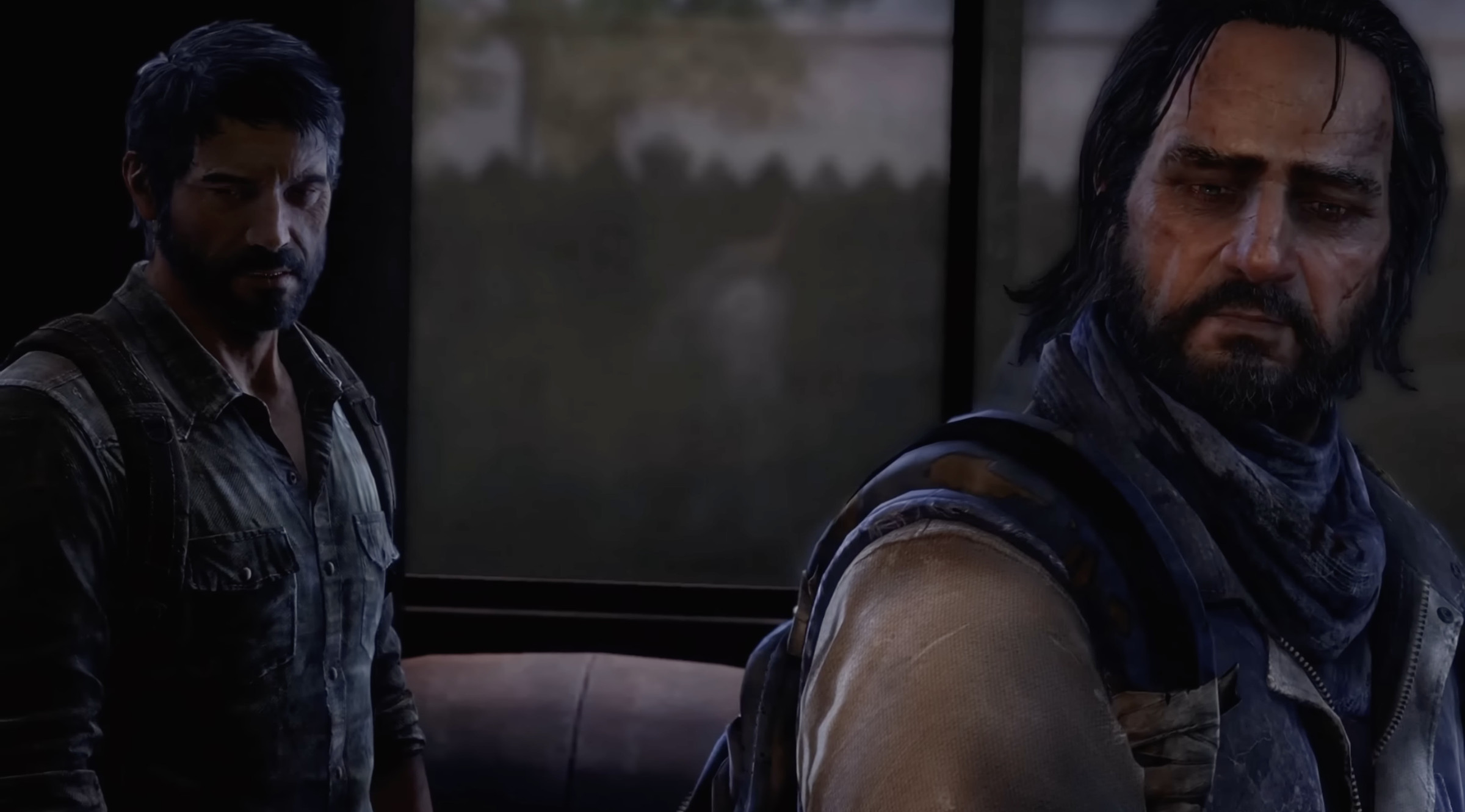
In that telling, it’s only implied that Bill and Frank were ever lovers, and by the time Ellie and Joel arrive in their town, Frank has died by suicide after growing disillusioned with Bill, trying to leave, and being attacked by clickers in the process. By showing you the arc of their relationship, though, “Long Long Time” primes you to be devastated by the way things play out for the pair and to understand some of what their time together might have been like in the game before things went sour between them.
By showing you the arc of their relationship, though, “Long Long Time” primes you to be devastated by the way things play out for the pair and to understand some of what their time together might have been like in the game before things went sour between them. Obviously, Bill and Frank spending many happy years as a couple before deciding to end their lives together as old men like they do in “Long Long Time” is very different from Frank turning on Bill and Bill ultimately outliving Frank like in the game. But the essences of both scenarios aren’t so distinct that they feel wholly divorced from each other, which is precisely the sort of vibe that you want to get from a “faithful” video game adaptation that’s wandering off the beaten path.
The Last of Us’ capacity to faithfully recreate things is impressive, true. But it’s the show’s ability to build out new pieces of lore that feel like they were always present that’s most promising, especially with characters like Storm Reid’s Riley and Melanie Lynskey’s Kathleen on the horizon.
